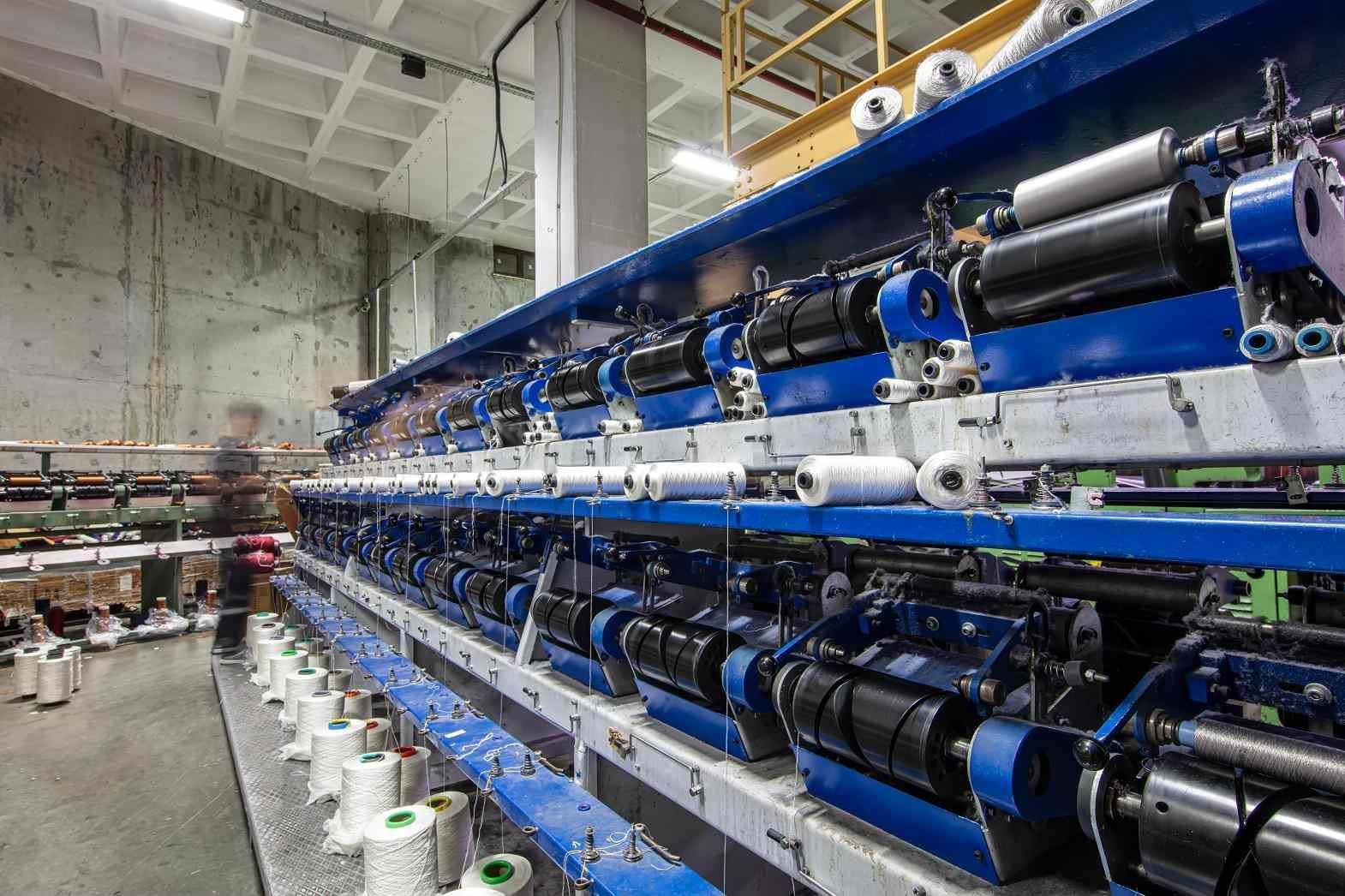Textile manufacturing and export are the two main pillars of the textile industry of India.
Moreover, it plays an important role in the economy of the country. Around 27% of the total foreign exchange income is earned through textile exports. In addition, it contributes around 3% to the GDP of the country and around 14% to the total industrial production of the country. Apart from playing a crucial role in export earnings and contribution to industrial output, the Indian textile industry generates the largest employment opportunities in the country in the textile industry as well as other subsidiary sectors.
The textile industry has an overpowering effect on the economic life as well. Presently, it generates employment for more than 35 million people in India. Thus, the textile industry is the second-largest employment provider in the country after agriculture. Looking at the textile export scenario, it has been noticed that the target of USD 38 billion, which was set for 2012-13, was raised to USD 39.60 billion. The current market of technical textiles in India is worth USD 6.83 billion. It is further expected to grow at the rate of 11% per year.
The main goal of the 'scheme for the growth and development of technical textiles' is to support local manufacturers of technical textiles to capture global opportunities and cater to domestic demand. Adding to the overall development happening at the textile front, Prime Minister Narendra Modi laid another milestone with the launch of the 'Make in India' campaign. The initiative is to revive the manufacturing sector and make India a destination for global manufacturers.
India's current share in global textile and apparel trade is 4.5%. However, it has the potential to raise its share to 8% and attain the target of USD 80 billion by 2020.
In addition, the government is all set to begin a US$ 44.21 million project for the promotion of technical textiles. Moreover, the Finance Ministry has approved the setting up of four new research centers for the technical textile industry. The size of the Indian technical industry is estimated to be USD 11 billion while the global technical industry is US$ 127 billion.
India was non-competitive in the manufacturing sector due to poor infrastructure, high taxes, high capital costs, government policy restrictions for small-scale industry, and low labor productivity. But, according to a recent economic report, these factors have improved, which has led to increased competency in manufacturing. Can India become a global manufacturing hub? If this question was asked a few years back, not many people would have agreed to it. But time and tide seem to be favoring India. Today, India is in a position to give tough competition to China, especially in the manufacturing sector.
According to a study that compared labour productivity levels of India and China found that the manufacturing sector productivity of China was 5.5 times more than India, while productivity was 2.8 times more than in India. It has also been pointed out that India's productivity is higher in automobiles, telecommunications and software sector which generally attract more FDI. There has been noteworthy progress in other areas as well which has enhanced India's potential as a manufacturing hub.
Areas of improvement
High power cost and delay in road and port transportation needs to be improved. Several projects are in pipeline to eliminate these issues. For example the largest road networking project which will link important cities with highways and expressways at an estimated total cost of Rs. 580 billion.
Another spot where India lags behind is poor diversification of production structure right from agriculture to manufacturing of finished products. From the statistics available, India lags behind other countries in contribution of industry towards GDP (Gross Domestic Product) compared to countries like Brazil, China, Indonesia, South Korea, Malaysia and Thailand. The manufacturing sector on the whole has fallen down in India. Today, India's manufacturing is less than 17% of GDP whereas in China it is 50% and in Malaysia it is 40%. Nevertheless, India is working hard to compete with China to become a global manufacturing hub.
It is very evident that liberalization of trade and investment law attracts international firms seeking low- cost production locations for manufacturing processes. This will automatically serve as a destination for world production. Value chains have become an important part of the world economy. It has been noticed that global value chains (GVCs) interdependence between countries has increased in recent times. This is a matter of concern as the gross manufacturing cost may considerably increase due to integration of global value chains.
The launch of 'Make in India' campaign can transform India into an international manufacturing hub. However, to attain this growth, India will have to make reforms in significant areas such as labour laws, special economic zone policy, FDI rules, land acquisition policy and taxation policy. India must use the wage competitiveness to replace China as a global, low cost manufacturing destination. In addition, India can achieve this goal, by creating flexible labour markets, offering skilled labour and developing infrastructure.
India can still strike back and make an impact on the global manufacturing sector through continuous development and reducing cost. The labour advantage between India and China has vanished. The wages in China are almost 70% higher than India, at the same time their labourers are 50-60% more productive than Indian labourers. By 2025, India will have the largest workforce in the world and this advantage should be used to make India as the global manufacturing hub. It's time to convert hope and vision into actions.
References:
1. Cci.in
2. Business-standard.com
3. Thehindubusinessline.com
4. Appliancemagazine.com








Comments